Marketing (Test 2, Oct 2025)
1/24
There's no tags or description
Looks like no tags are added yet.
Name | Mastery | Learn | Test | Matching | Spaced |
|---|
No study sessions yet.
25 Terms

The years of the Baby Boomers are (?). And they feel attracted to brands that are:
1946-1964. Optimistic, Hardworking and loyal! (Brands like: Nespresso, Honda, Walmart)
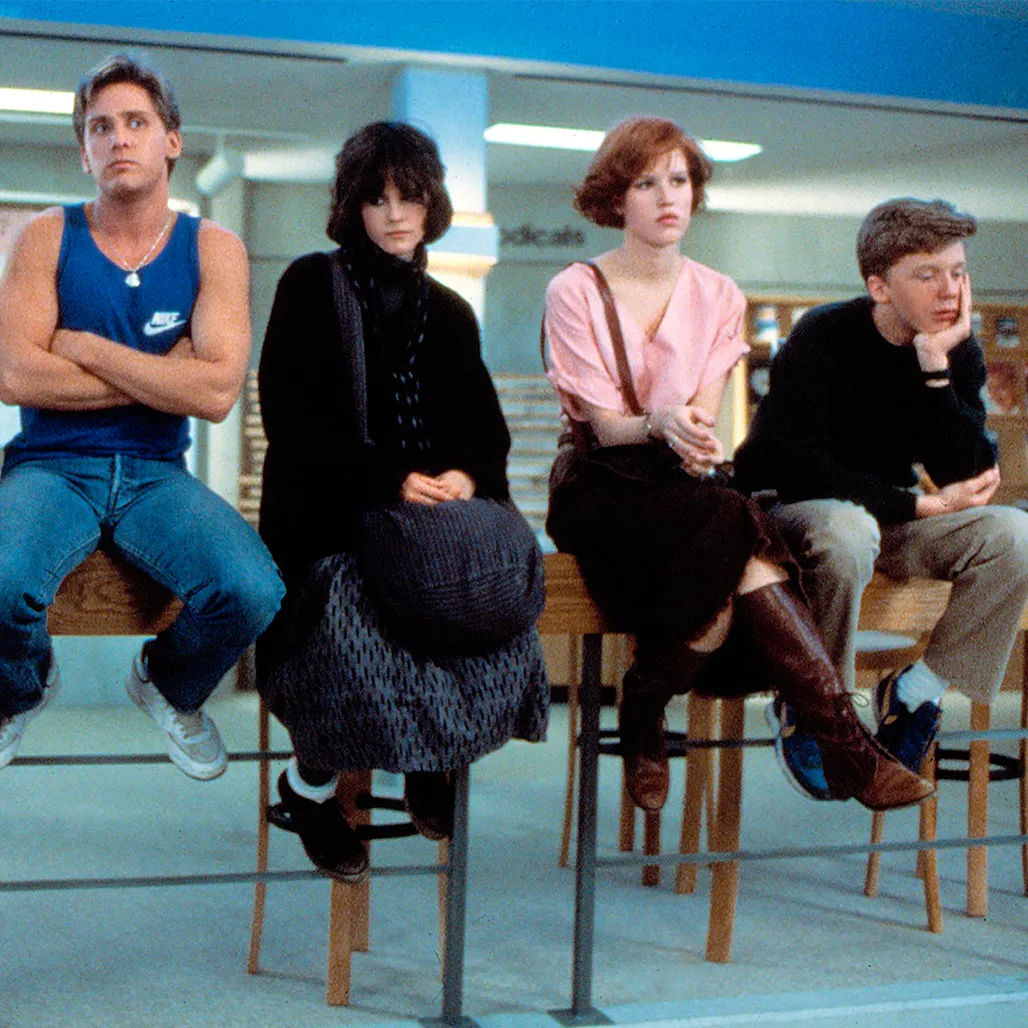
The years of the Gen X are (?). And they feel attracted to brands that are:
1965 -1980. Independent, adaptable and skeptical. Brands like (Jeep, Netflix)
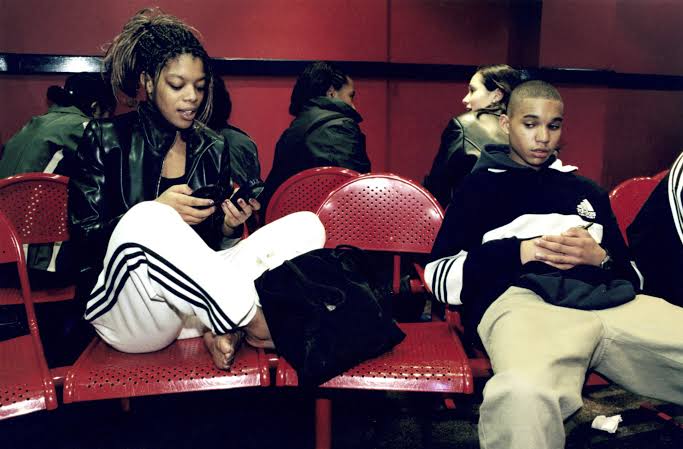
The Millenials born in (?), seek for a brand that is:
(1981-1996). Diverse, sustainability-minded and digitally connected (Ex. Google, Patagonia, Airbnb)

Gen Z. born in (?). Seek for brands that are:
(1997-2012) Digital natives, Socially conscious and authentic (Brands like: YouTube, Instagram)
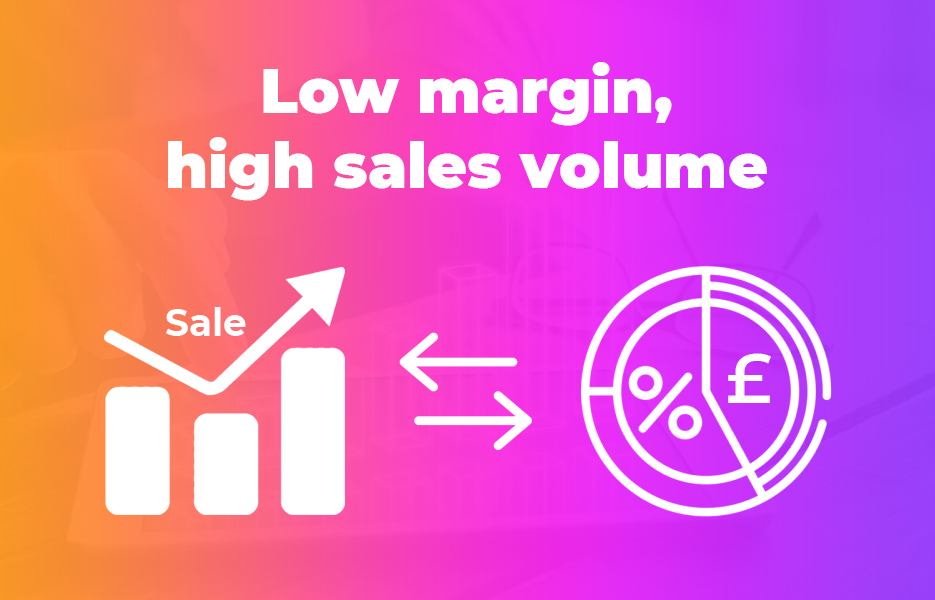
¿What is the difference between margin strategies in marketing?
Margin = High Profit per item, fewer sales (luxury brands)
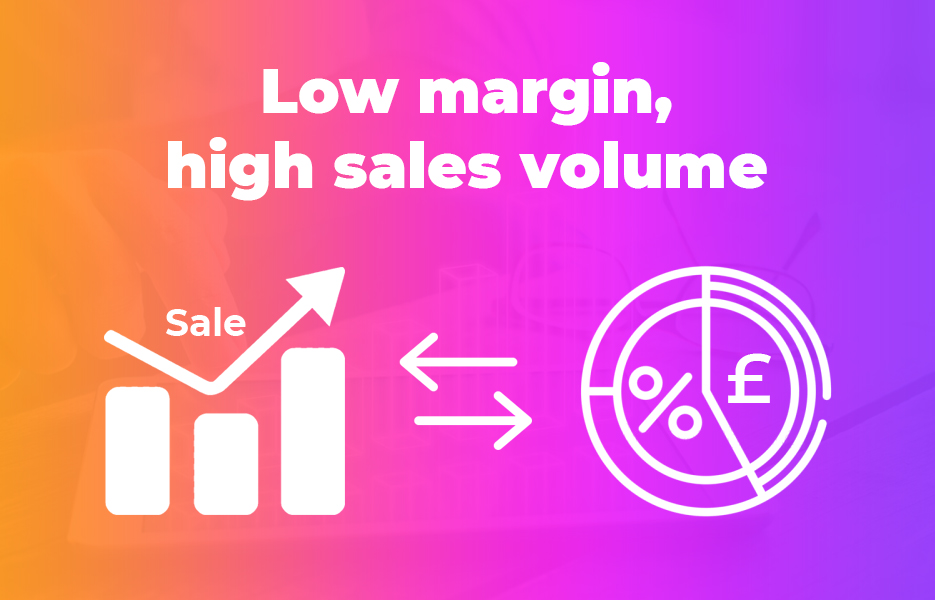
¿What is the difference between volume strategies in marketing?
Volume = low profit per item, high sales (mass-market brands)
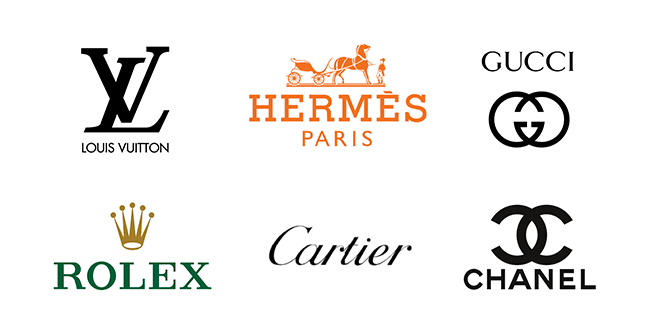
¿What is the objective of marketing for luxury brands?
To build desire, exclusivity and heritage, making the brand aspiritional
List three key strategies used by luxury brands.
Limited availability & private launches
Storytelling about craftsmanship
No discounts, media presence
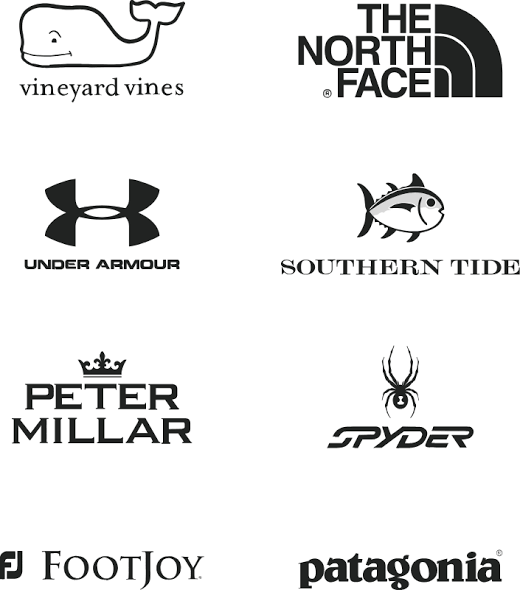
¿What defines premium brands compared to luxury or mass-market brands?
They combine quality, design and accessibility. Prices are above average but not elitist
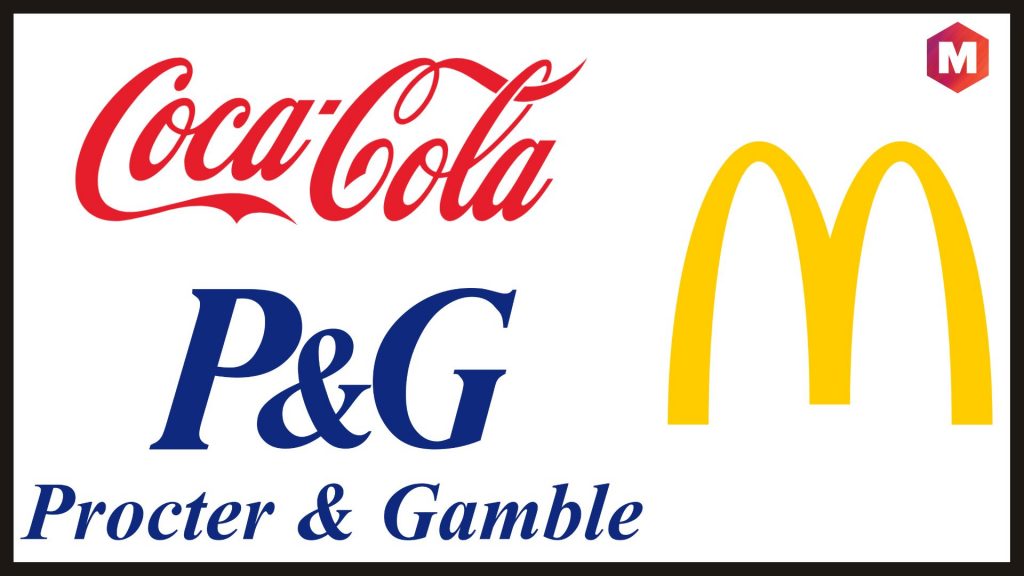
¿What are mass-market brands focused on?
Wide reach and affordability. Promotions and omnichannel advertising to maximize sales volume
¿How does Gucci represent a high-margin, luxury brand?
Through exclusivity, celebrity collaborations and self-storytelling

What makes Coach’s “Unlock Your Courage” campaign an example of premium marketing?
It balances aspirational style with accessibility, featuring relatable celebrities and focusing on personal empowerment rather than exclusivity

Which strategies make brands like H&M or Shein succeed in a volume-based model?
Fast trends, constant new drops, discounts, and massive online reach, selling large quantities at low prices.
Why is margin vs. volume important for a marketing strategist to understand?
Because it defines pricing, communication, and target audience decisions. A brand’s profit model depends on whether it prioritizes exclusivity (margin) or accessibility (volume).
If Netflix were analyzed with this concept, where would it fit — margin or volume — and why?
Netflix operates closer to a volume model: affordable subscription pricing aiming for mass global reach, though its original content gives it a touch of premium differentiation.
What are the traditional 4Ps of marketing?
Product, Price, Place, Promotion. They represent the marketer’s perspective on how to sell effectively.
List the 4Es and what each represents.
Experience (instead of Product): People experience
Everyplace (instead of Place): Brands must be accessible everywhere
Exchange (instead of Price): Consumers seek emotional or social value
Evangelism (instead of Promotion): Focus on inspiring so hard your brand in everyone’s life and inspire others
What does the shift from 4Ps to 4Es tell us about modern consumers?
They expect brands to be authentic, omnipresent, value-driven, and educational, rather than purely commercial.
How could Netflix apply the “Experience” element of the 4Es?
By offering personalized content recommendations and interactive features that make streaming an emotional, immersive experience.
How does Netflix represent the idea of “Everyplace”?
Netflix is accessible on all devices: TVs, smartphones, tablets, and consoles, allowing users to watch anytime.
What would “Exchange” look like for Netflix customers?
Beyond paying a subscription, users receive emotional satisfaction, cultural connection, and shared social experiences
How does Netflix embody “Evangelism” in its marketing?
Through content that sparks conversation (like Stranger Things or Wednesday) and by educating users via behind-the-scenes stories or social engagement.
Why is understanding the 4Ps–4Es evolution important for marketers today?
Because it helps brands move from selling products to building relationships, focusing on experiences and education that foster long-term loyalty.
What are the 4CS?
Consumer
Cost
Conveniences
Communication